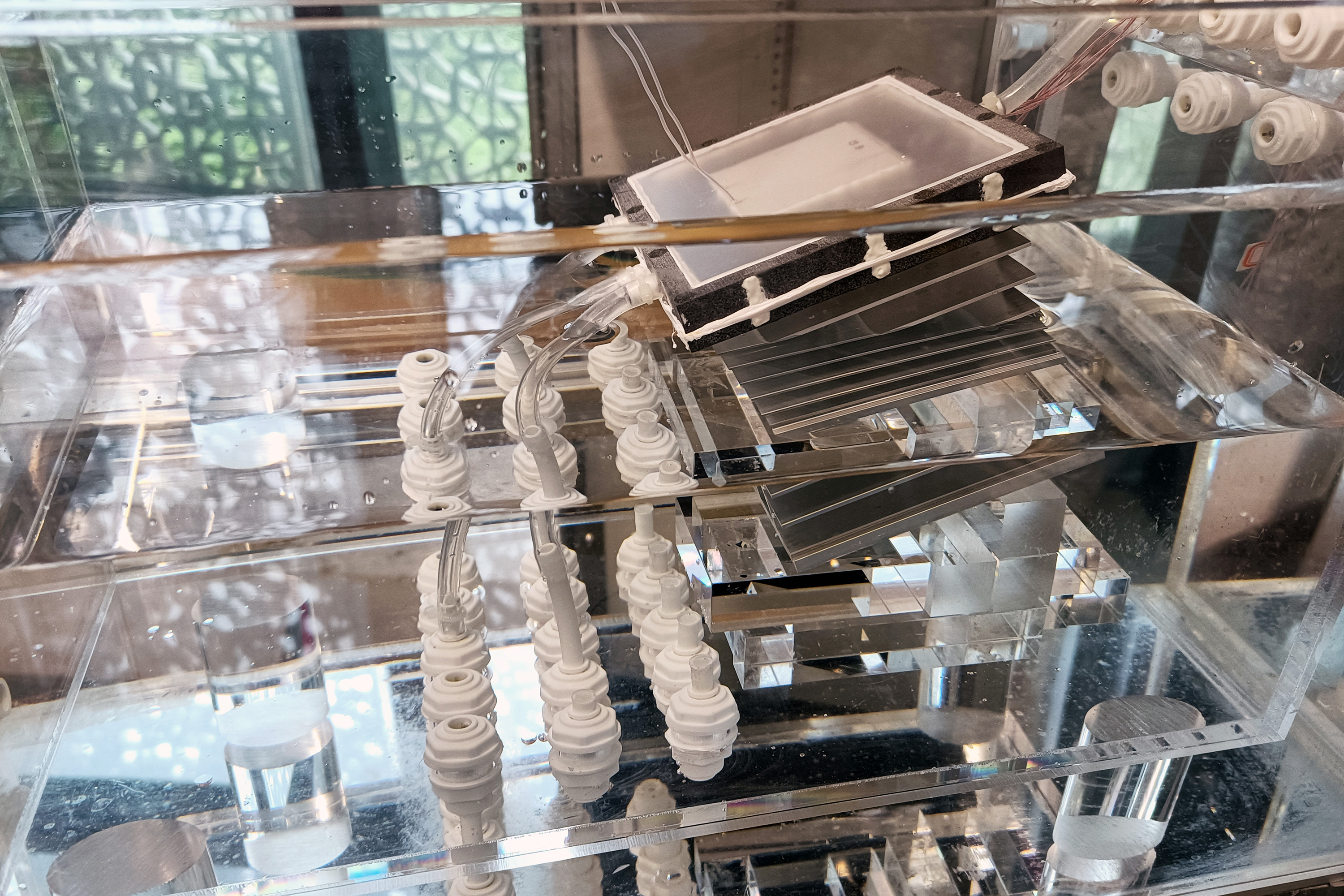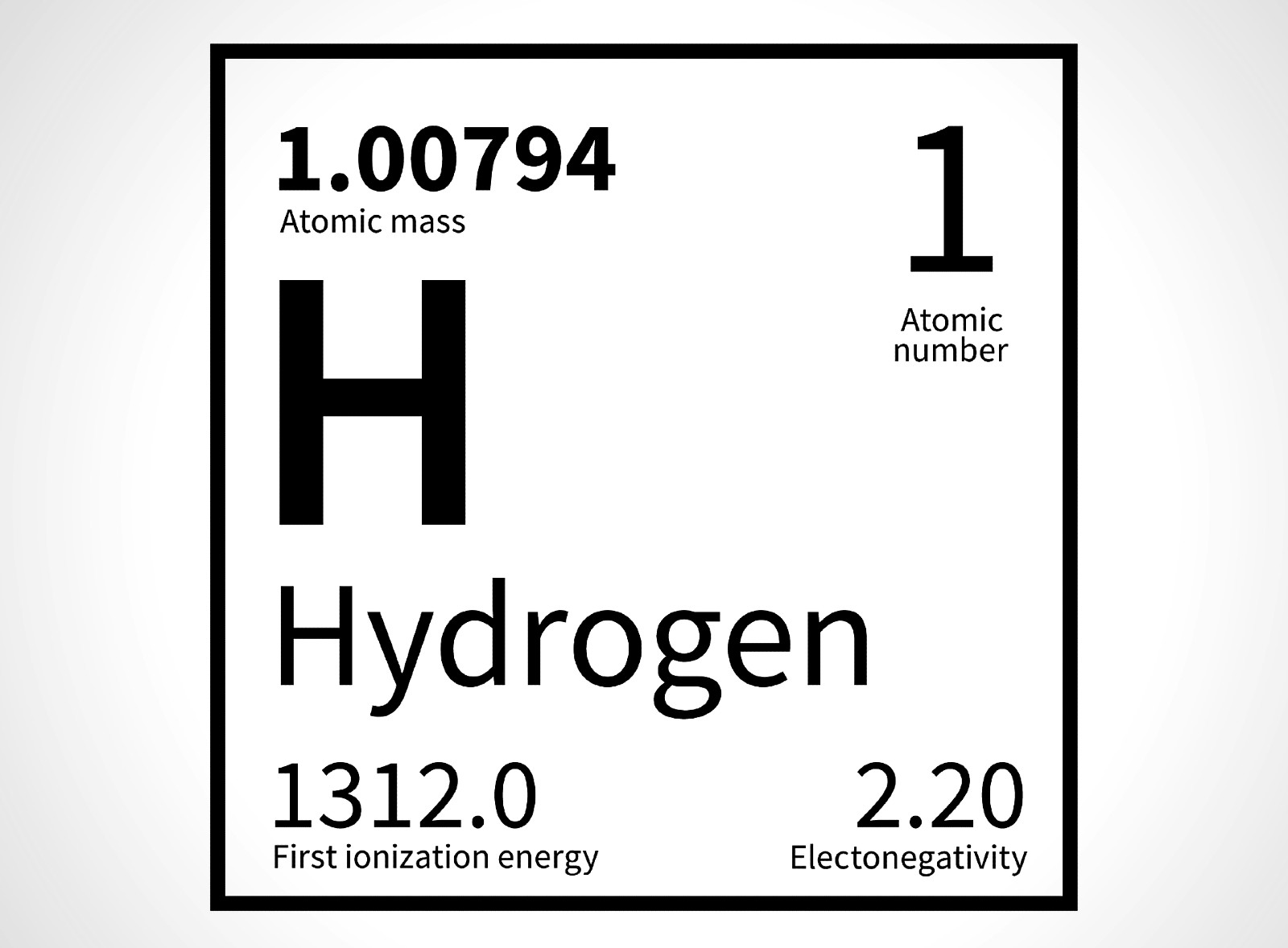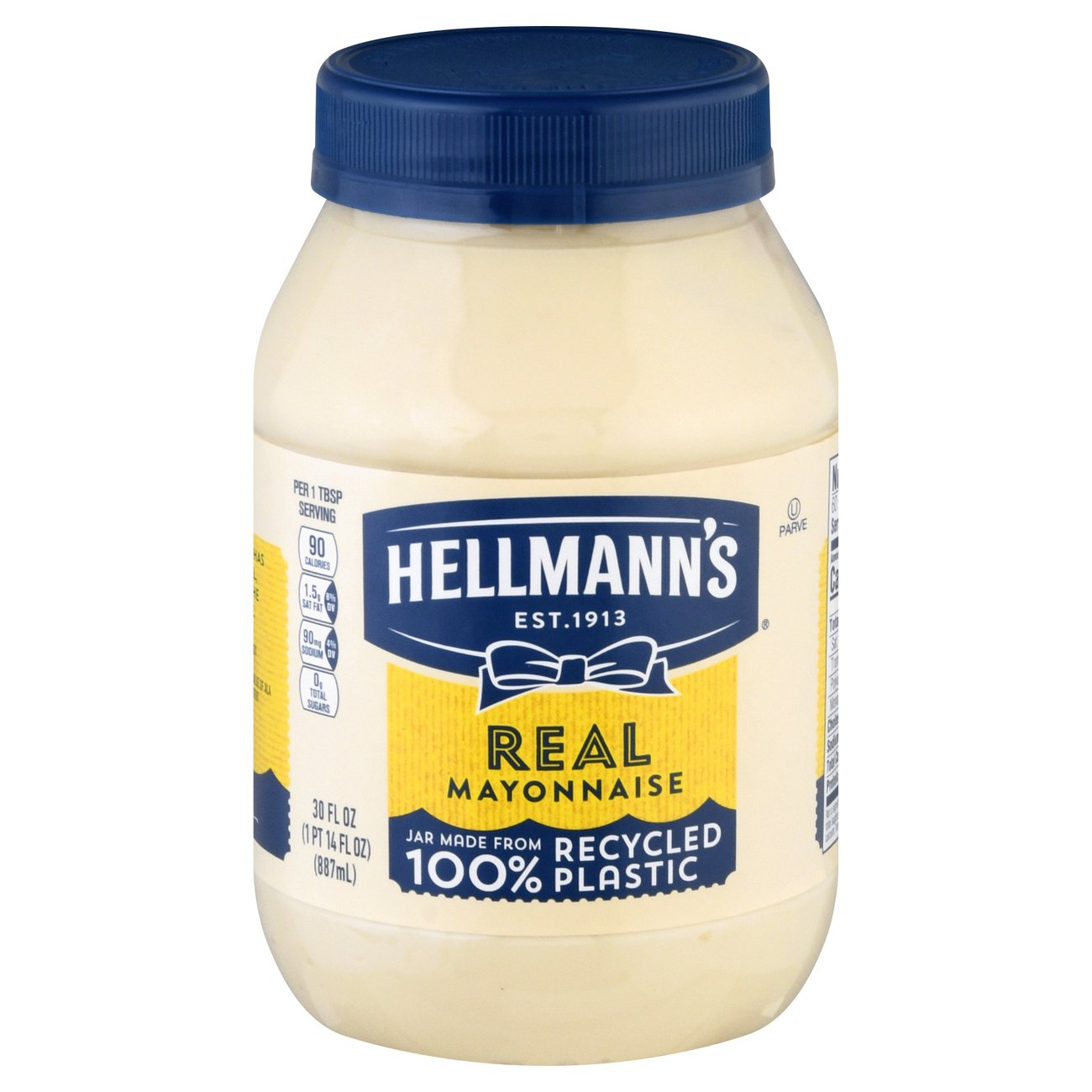Interesting, but as always, the issue is scale. A suitcase-sized device that can produce 4-6 liters a day ‘cheaper than tap water’ is promising, but I’m skeptical because the infrastructure for tap water already largely exists. If you can either hook it up to the pipes localized to a dwelling, or if it scales up to the size of a plant that can distribute it along the pipes in place, maybe. Even then, it relies on sunlight and evaporation to work, which means variable, possibly insufficient output in the colder wetter months.
Scaling small units up is not an issue. Just use multiple of those units. Much like a car battery can consist of thousands of individual cells.
Scaling large units down, however, can be a challenge with limits. So I would say finding a thing which works well at small scales is gold. If you want more, you’re free to either house multiple units in one building, or distribute them along the shore. Although it may well be possible that another design is more beneficial at other scales.
It’s also interesting for mobile use cases like naval vessels. I could even imagine some road train truckers having one of these in their emergency gear when crossing deserts, just in case.
Important also that areas most in need are able to access such infrastructure.
Im not so sure scale is the issue as long as cost is low for non built up areas. A suitcase sized device per person giving 4-6 liters is not bad given you can use salt water for non consumption.
yeah from what i understand the desalination technology is there, the problem is what to do with all the salt. you can dump it on the ocean, creating a dead sea zone. or you can dump somewhere on land, creating a dead land zone.
the only solution is the gene mod humans so we can eat larger and larger intakes of salt.
You don’t have to dump it undiluted in the ocean. You can mix it with an outgoing treated wastewater stream if your system doesn’t recycle it (or if you do recycle it then you have less need for more fresh water so your desalination plant can be smaller), or disperse it over a larger area for a gentler salinity gradient.
The real problem, as with anything, is the cost that would add. But if this technology can produce water for a negligible ongoing cost, that might be worthwhile.
This Practical Engineering video gives a great overview of the challenges and some of the existing solutions with desalination, including how to get rid of concentrated saltwater waste (in the context of reverse osmosis desalination, which this tech is kind of a hybrid of reverse osmosis and distillation).
I mean salt mines exist. I think the thing is on land you need to highly concentrate it and in the ocean you need to highly dilute it.
If you dump it on land you also need to ensure it isn’t exposed to wind which will kick it up and cause health hazards to local populations. So you can bury it, but that doesn’t scale and adds to the costs
Yeah. I was thinking if there was some other mine type of thing in the area that is where it would be deposited.
I’d be concerned about it leaching into the water table with that approach. Plus transport to those mines could be very expensive and complicated
yeah logistics are going to vary greatly depending on situation. I was making a generality with the land concentrated (ie you don’t want it to leach around) and water dilute (ie not increasing salinity to leathal levels)
Just put the salt in a box and sell it at the store.
Easy, make humans larger and fill in the extra space with only more kidney! This could make kidney transplants more intricate though…guess we just send all the salt to the sun!
Would it really create a dead sea zone? I mean to desalinate, you’re pulling the water out, extracting salt. So effectively taking water from the ocean without the salt. Surely putting it back isn’t going to be massive issue as currents will push out more salty water to less salty areas until it is back to where it was.
I guess the art of it would be the rate of returning it to the sea, and the surface area over where it is put back. Longed pipes to deeper water will probably make a less horrific situation, as more water = less salt concentration.
Though, we shouldn’t rule out make a deal with social media, the share level of salt involved probably needs replenishing.
it seems that the sheer amount of salt we accumulate when desalinating for scale consumption is so large that there’s no easy way to spread it. yeah, the ocean will take care of it eventually, but we aren’t gonna ferry salt across a large body of water to dump it gently into the ocean. we’ll pipe it somewhere, and wherever it is it will create a pocket of dead ocean water. it’s a matter of choice and water regulation, really.
Yeah just looked this up. So the numbers ay not be perfect.
But at 3.5% salt in sea water. 6l of water will produce 210g of salt.
6g is the max recommended per day intake. So let’s round down to 200g a day. X 365
76kg of salt per person per year. A small sea side village (1000) would be a dead-sea side village in a few years.
Also worth noting. While the dead sea is about 33% salt so 10x most living seas.
It would take well under 2x the salt level for fish to start dying in large numbers. So making the sea dead. Just as a fresh water fish would dehydrate due to excess salt drawing water from its cells in sea water. It would only take a small increase in the salt water vs cell salt content for sea fish to die.
PS 2l worth or 70g of salt will kill most humans without drastic care.
Just found looking that up interesting so thought id share.
Salt is highly corrosive, especially when concentrated into a slurry. If you dump it directly from shore you kill any local wildlife and destroy the local area before it dilutes. If you pipe it further out into the ocean the pipe will continually need maintenance due to corrosion and makes it more expensive
Isn’t that assuming you pipe it out using metal. Would plastic or carbon fibre be viable for this? Or at least coating a metal pipe?
There are a number of alloys that are used when working with desalinization plants, but the effective ones are cost prohibitive.
Even if they had a way of pumping it out cheaper, it still comes with issues that are costly. There are chemicals used during the process which pollute the brine and cost money to remove. It also comes out much warmer than surrounding water which disrupts the ecosystem. The brine eats up oxygen levels and suffocates animal life in the area.
They are trying to dilute the brine before releasing it back to the ocean but this is either not effective enough since you’re using salt water from the same source you’re pumping into, especially if the area doesn’t have strong currents to carry it away. Or you’re using water which doesn’t have high salt levels and can dilute it to healthy levels, which you might as well just treat and use in the first place instead of using saltwater.
It’s not an easy problem to solve at the moment
Fair points. I appreciate the response.
Eh, we can store salt in old mines with very little ecological damage. Hell put it in salt mines and we would have no ecological damage.
The real issue which we’re on the cusp of solving is the energy cost and scalability in combination. We have low energy solutions that don’t scale and large scale solutions that have enormous energy costs. This one falls in the former category it seems but I think we’re at most a decade away from solving this.
Let’s dump it in England
britain shall become a new peninsula of europe and at the base it shall be a mountain of pure salt








